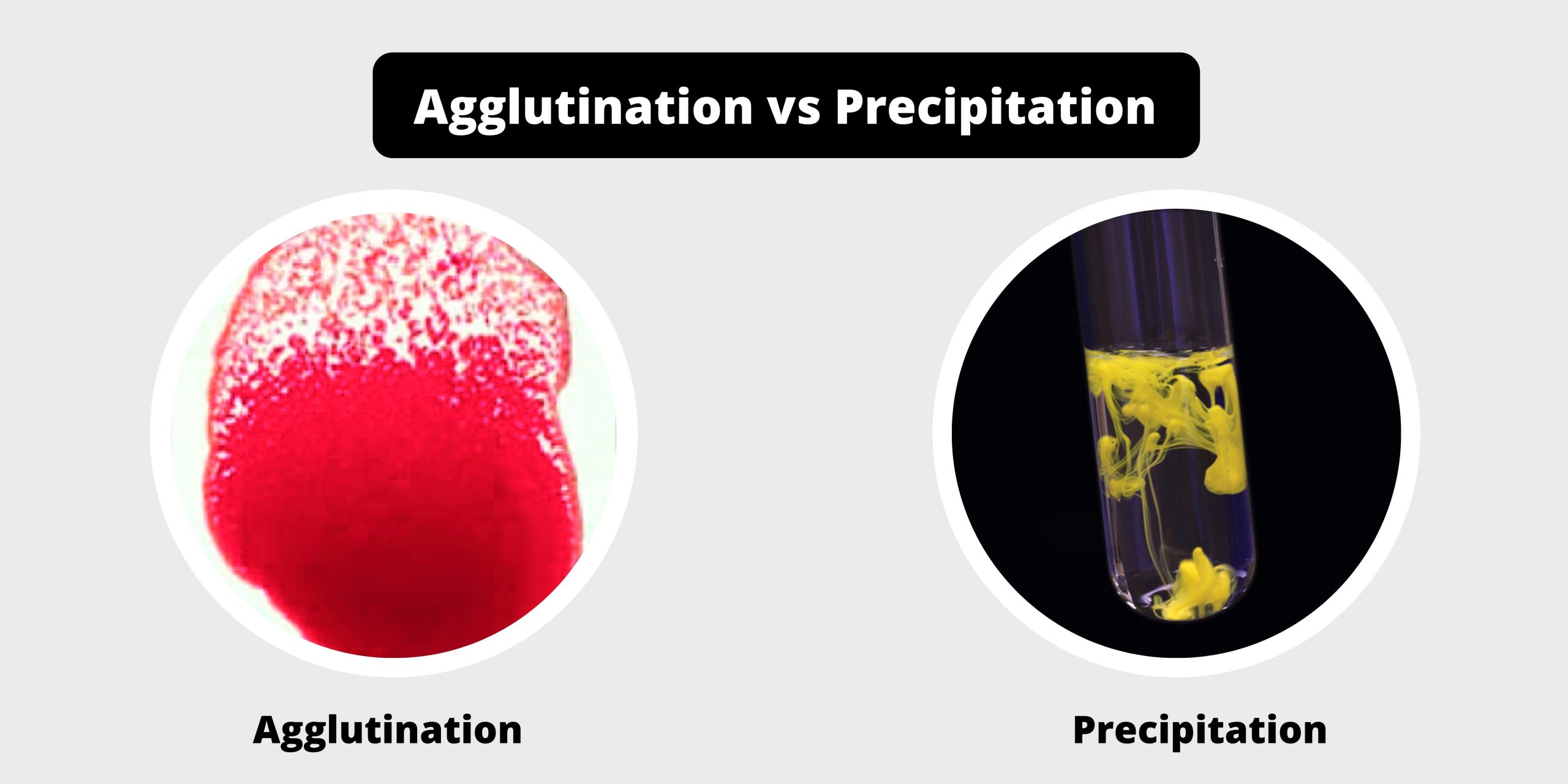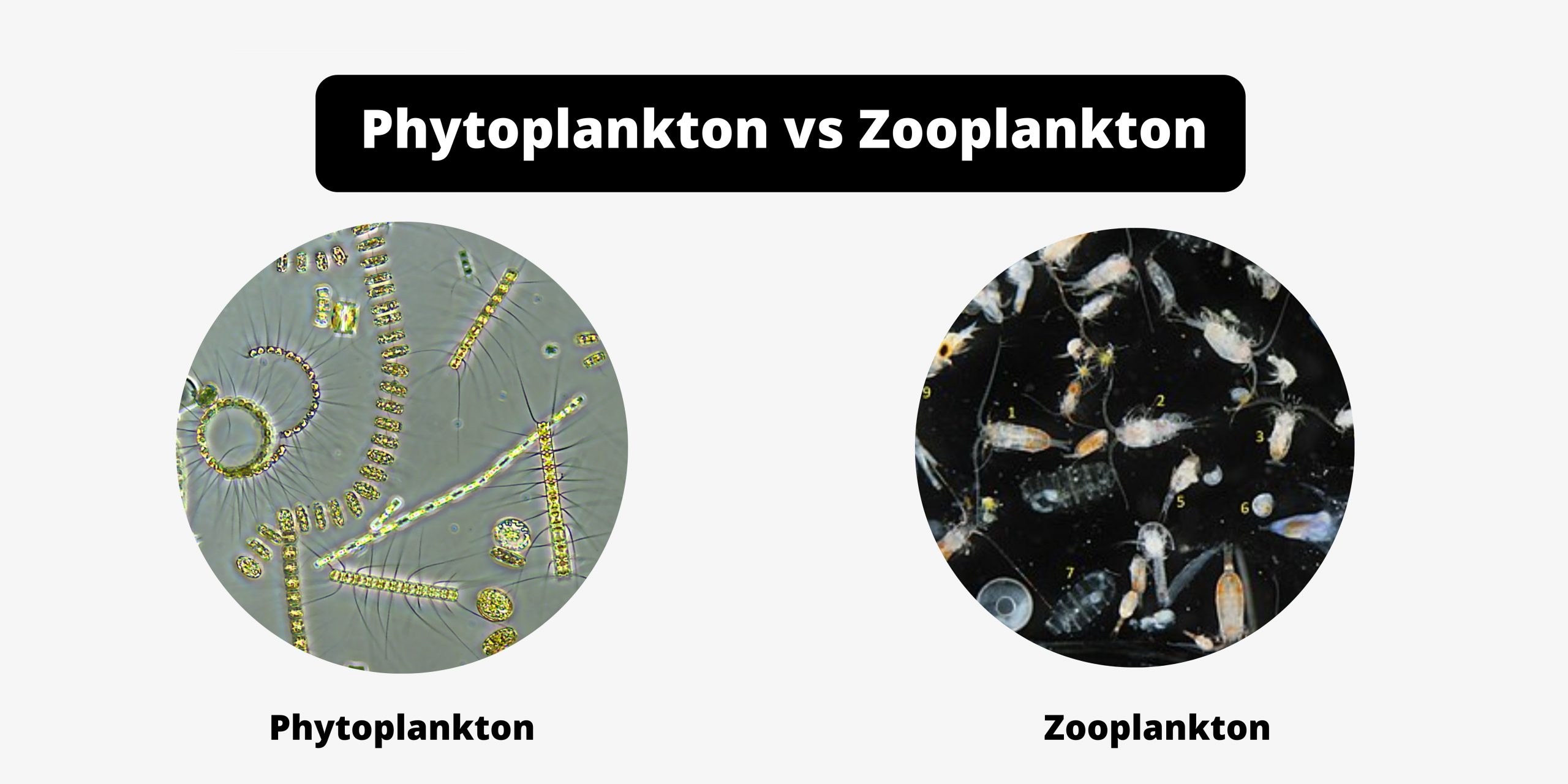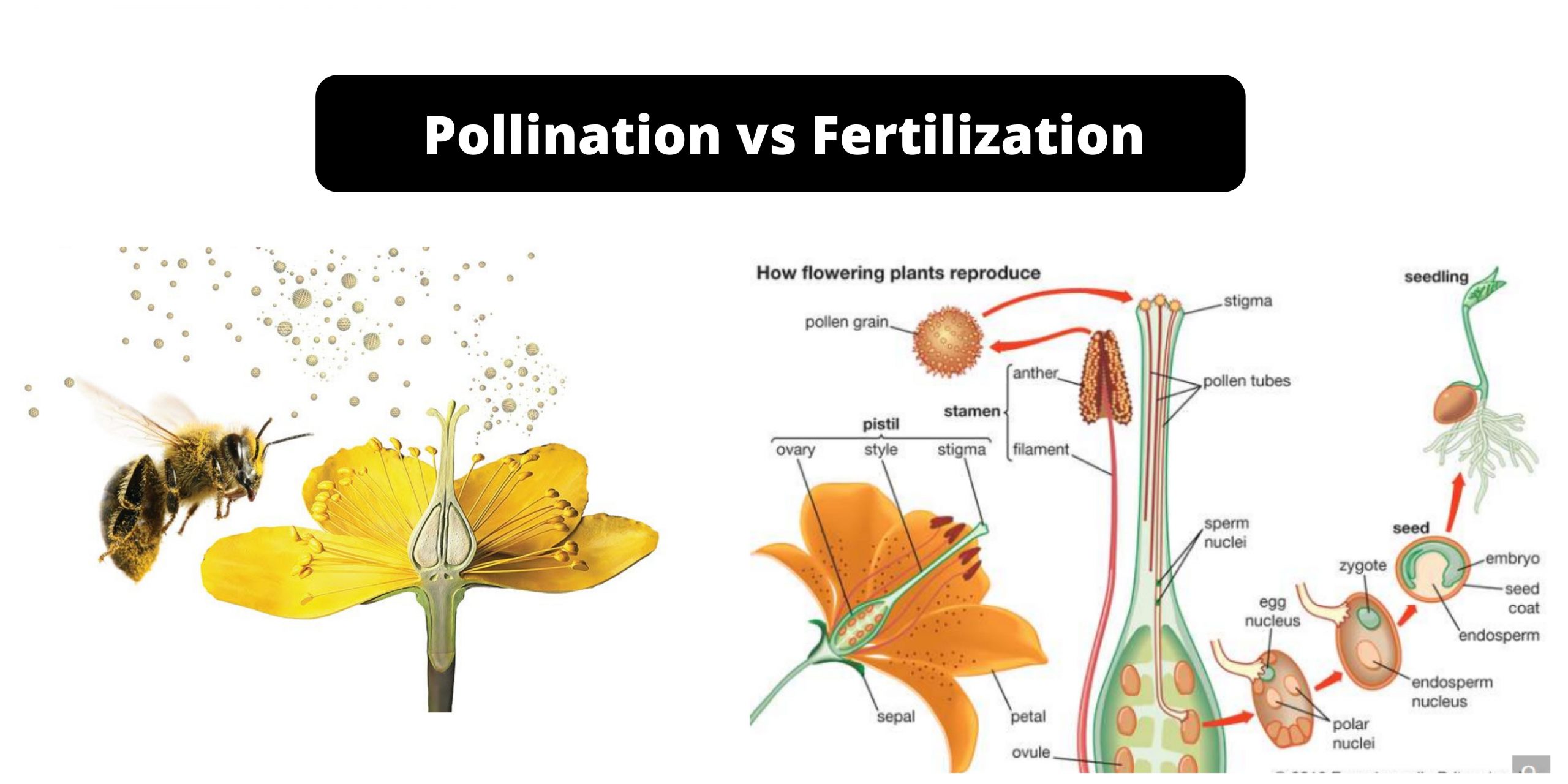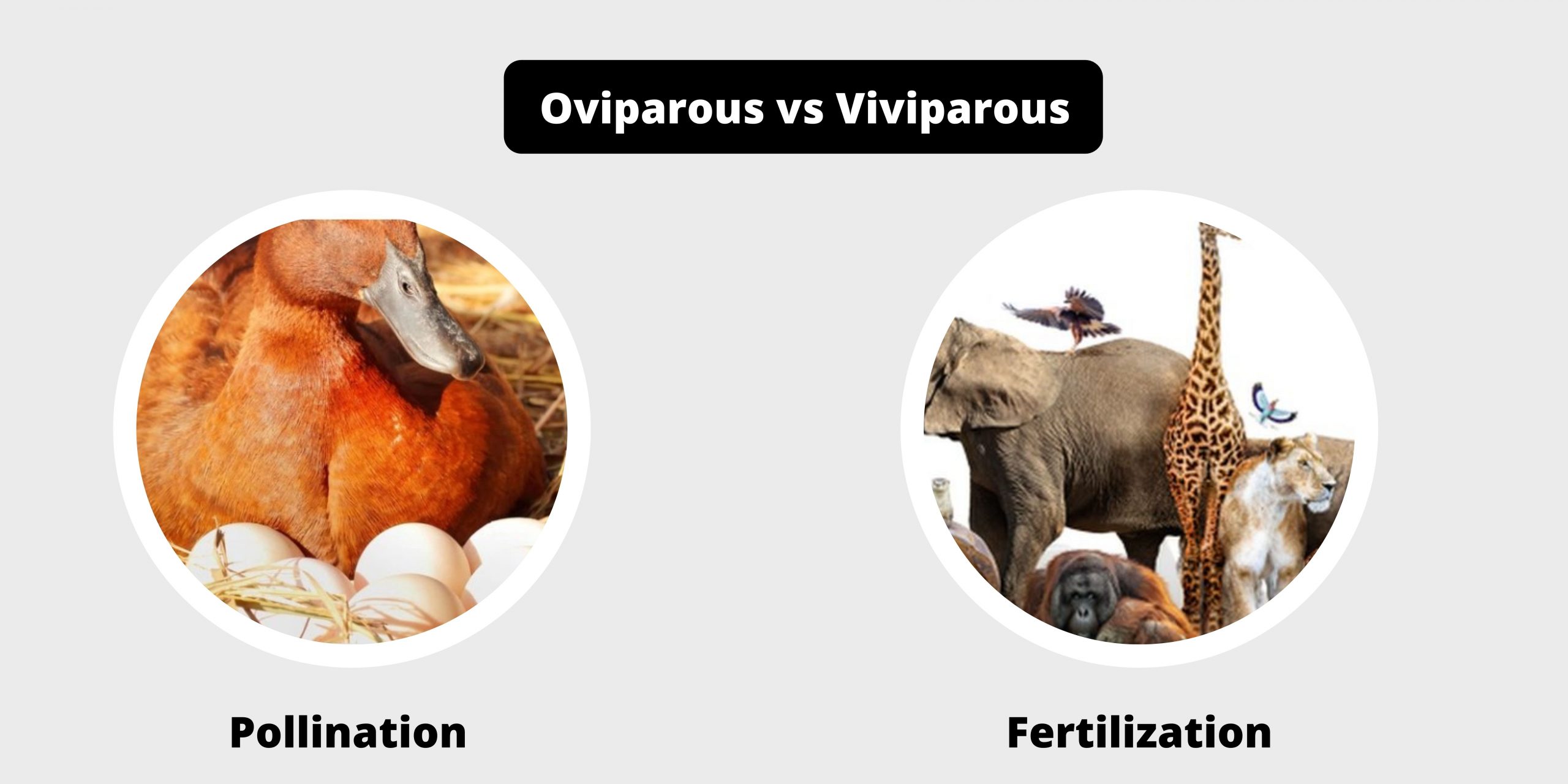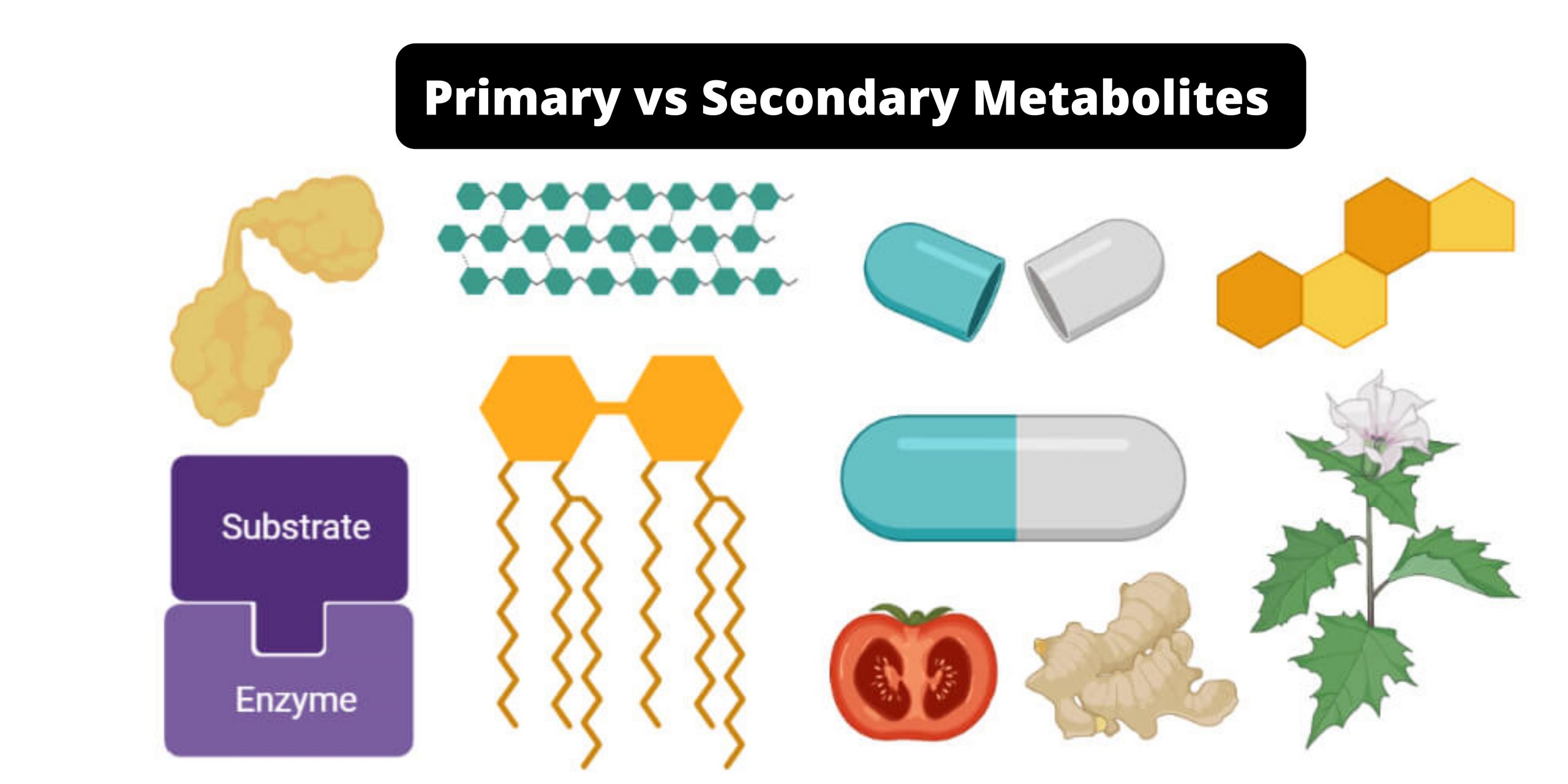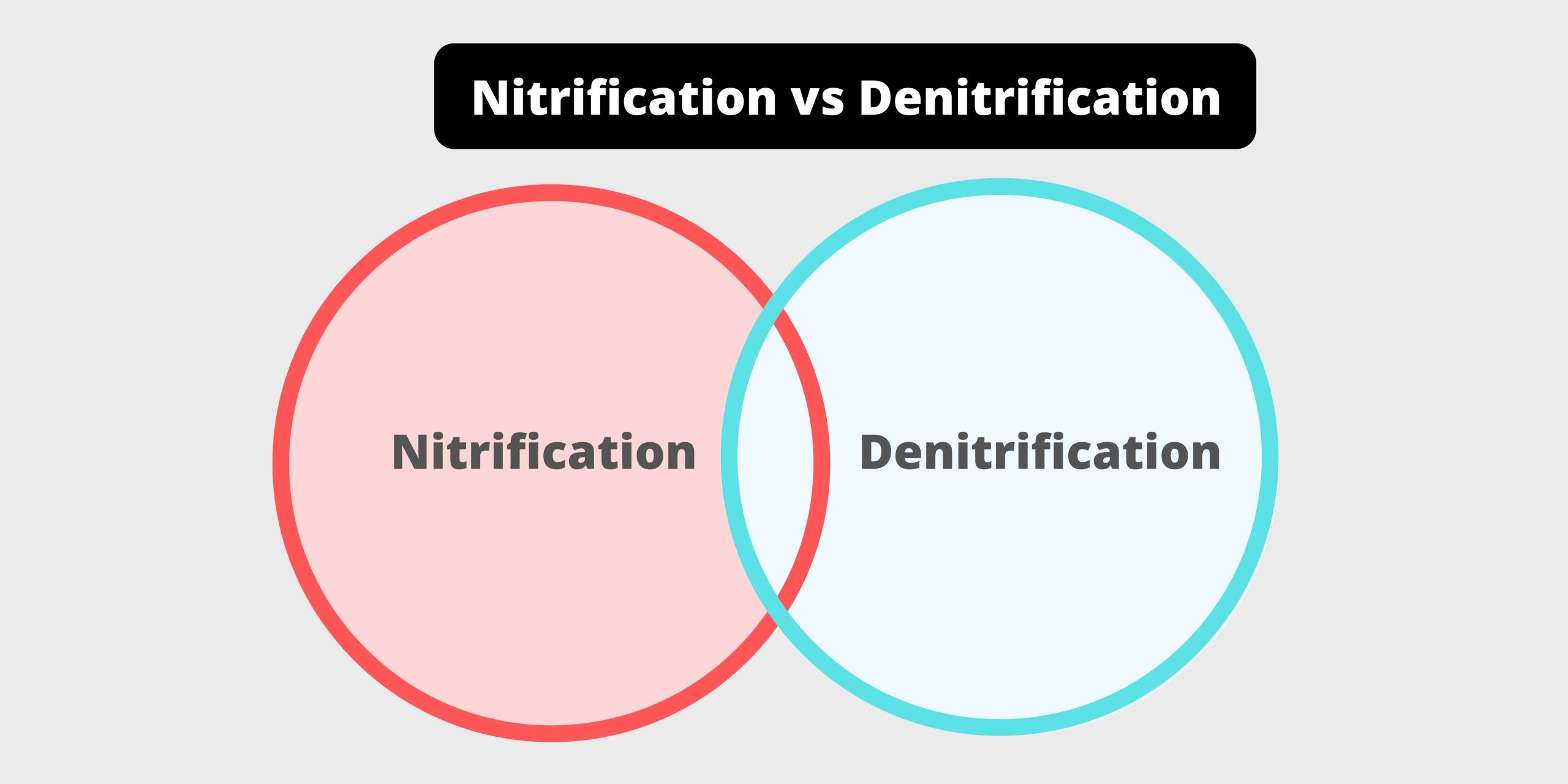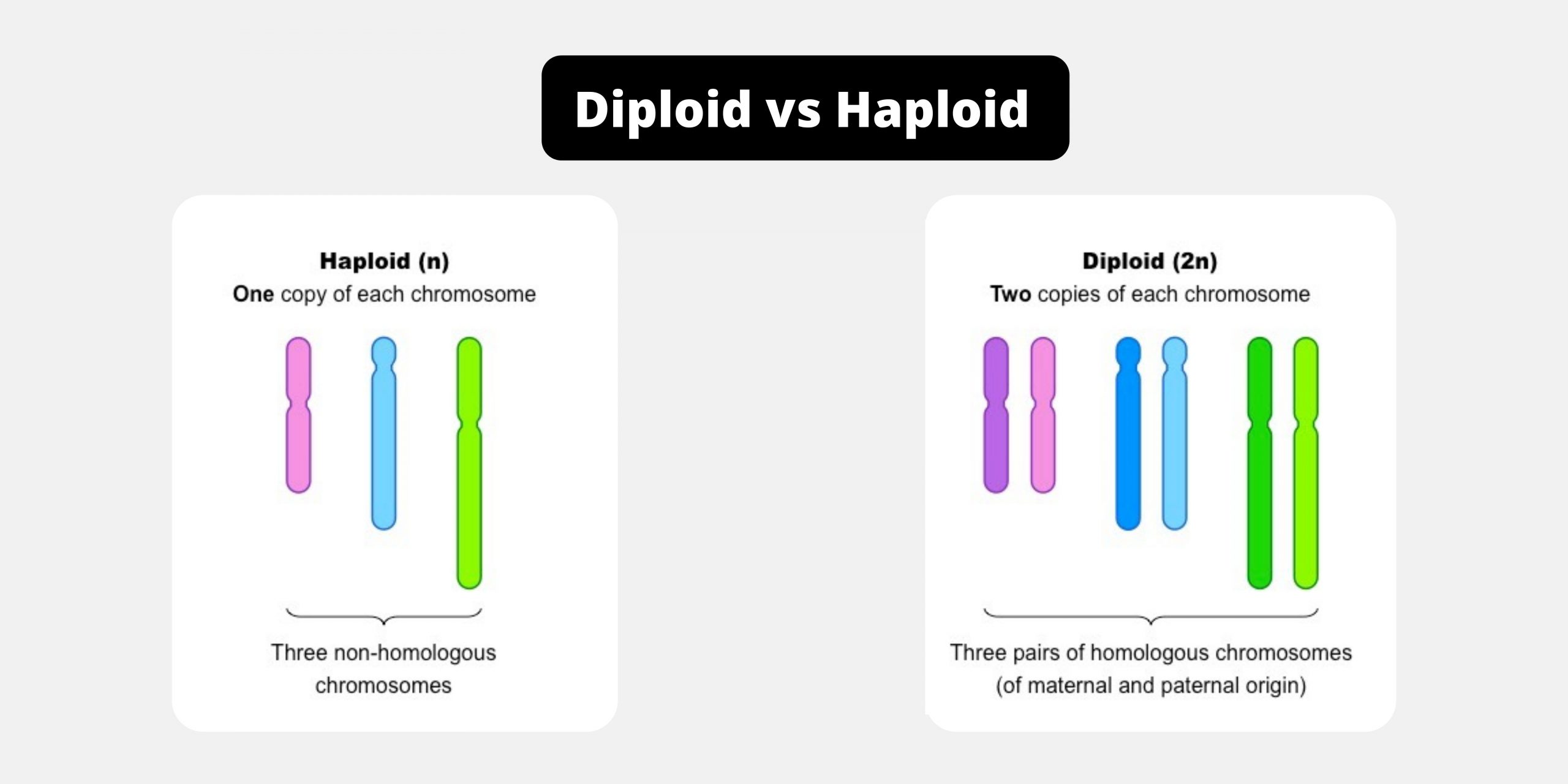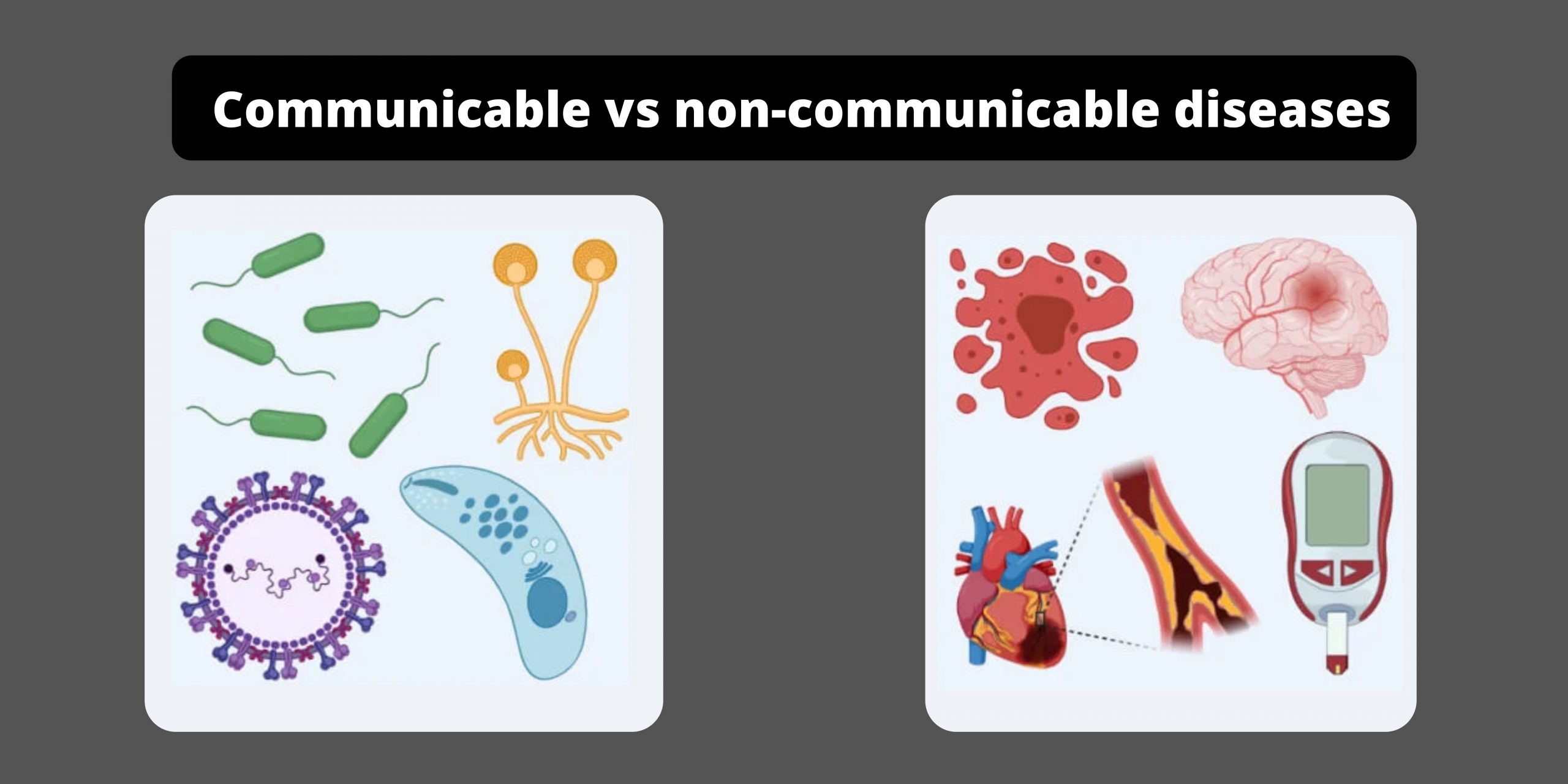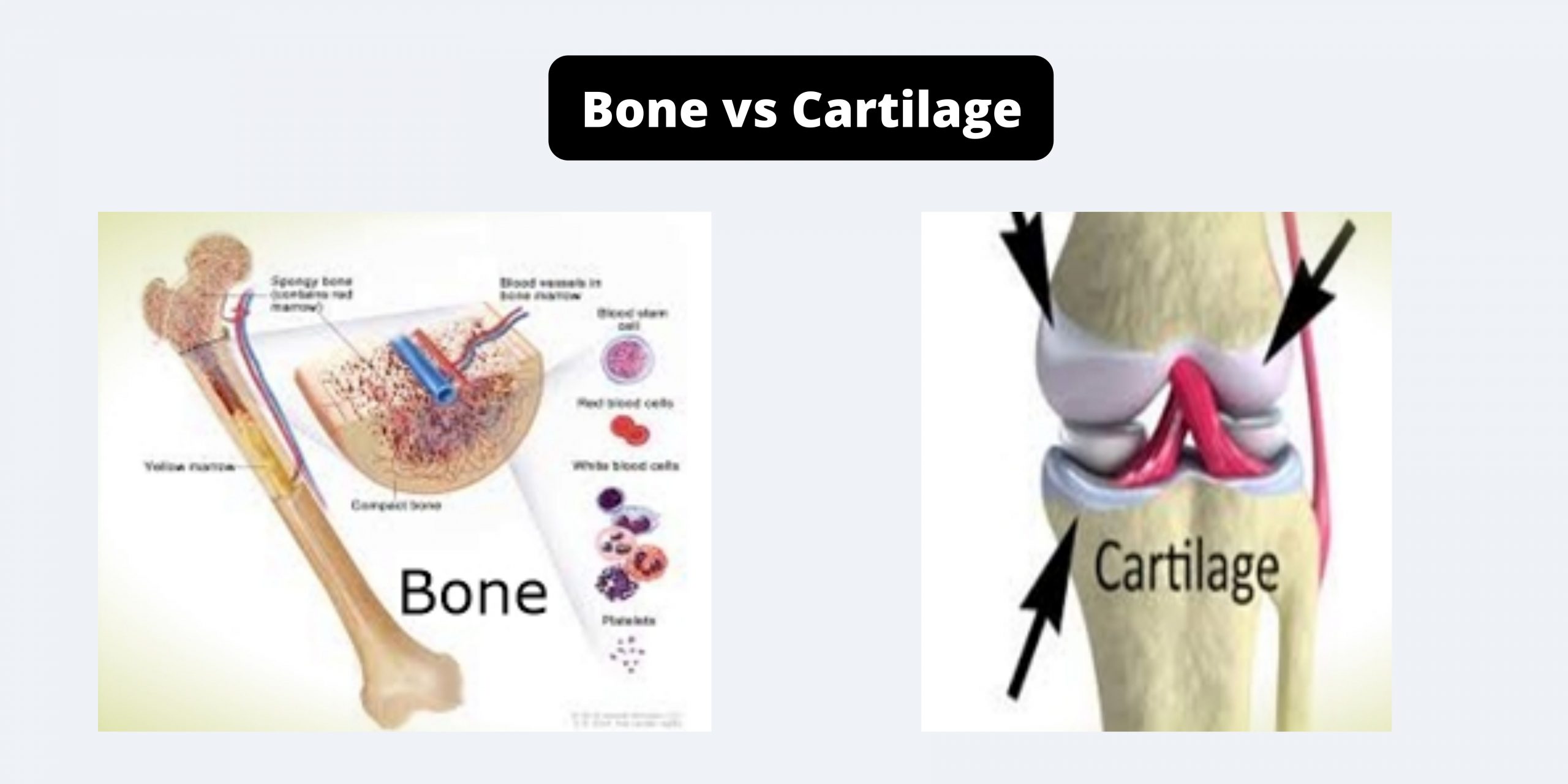Differences Between Agglutination and Precipitation
Agglutination reactions help fragment test antigens, which are typically coupled to the carrier. The carrier could be made up of (such as charcoal or latex particles) or biological (such as red blood cells). The process of agglutination involving Red blood cells can be known as Hemagglutination. The process that involves the white blood cells can be referred to as leukoagglutination.
